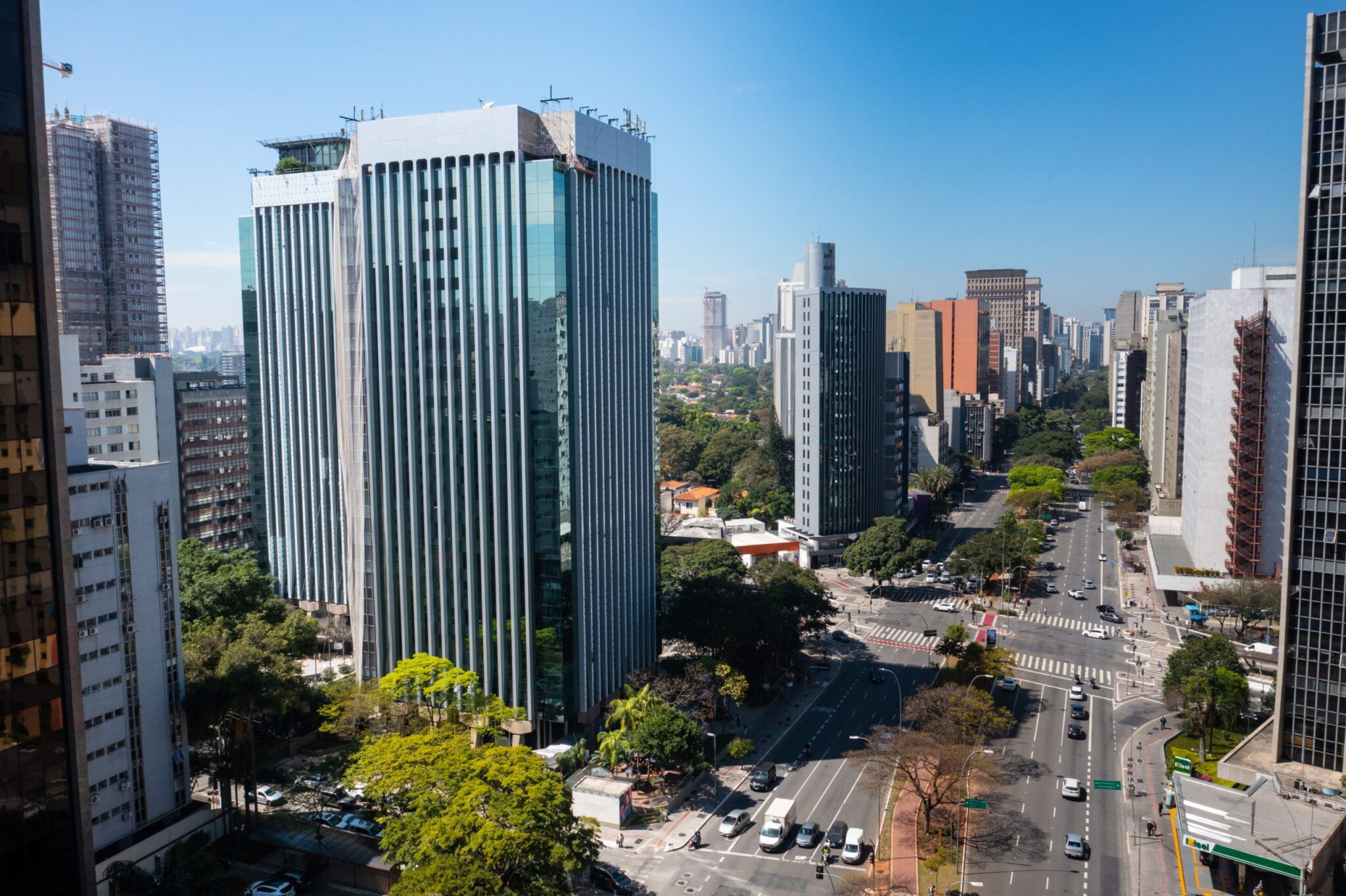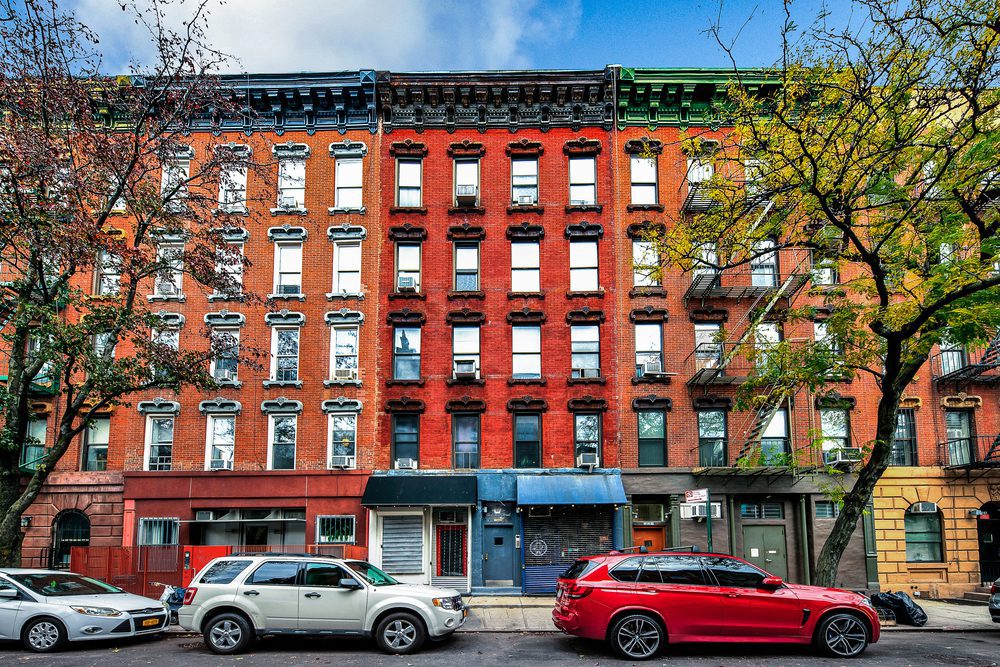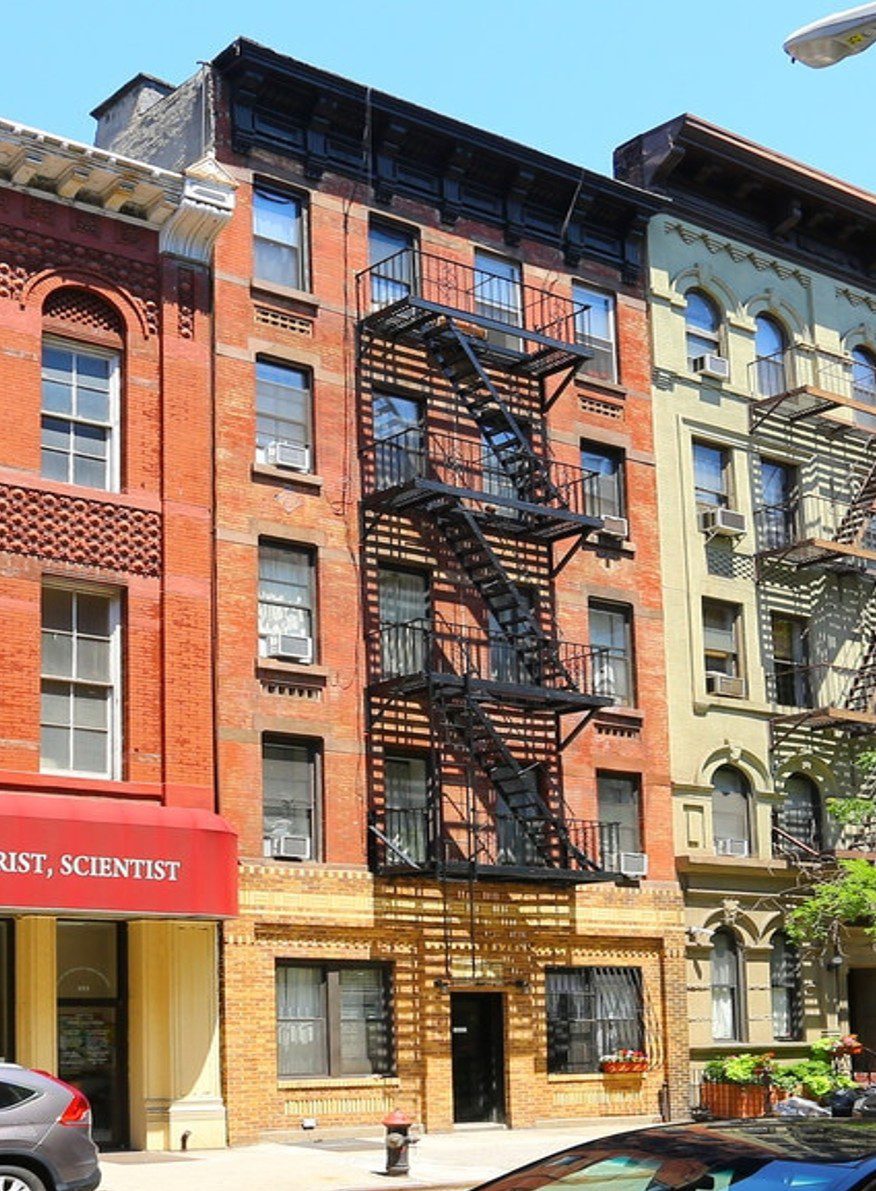We live in a period of transition in the country, with a new government, and the trend towards a more liberal in the economic sphere. A reduction in the size of the State, and is fundamental to the development of the country, rules, and legal certainty across the board, to the growth of the brazilian capital market, thus creating the trust, and any new investments.
What we bring to the analysis of some data for comparison between Brazil and the United States, the country of reference, in terms of real-estate development. Let's see, especially in the two data: the mortgage market and the real estate fund.
In Brazil, the mortgage-to-GDP is at 8.7 per cent, according to data from the Central Bank (the Central bank). This indicator came on growing since 2007, when he stepped on the threshold of 2%, but it has started to stall at a time when the country entered into a recession (2014-2016). There was a sharp fall in lending to both individuals and corporate...
As a reference, in the us, the indicator is at 75%. In other countries, such as Spain and the Netherlands, and the credit-to-GDP ratio turns into the house from up to 60%. Clearly, we are far away from your porch is ideal for the development of the real estate market.
Still on the mortgage loan, it is hard to imagine that the public sector to continue to represent about 60% of the total funding available for the real estate sector, according to data from the Central bank. For long-term growth is sustainable, it is necessary that the private sector to take on a significant role.
In this regard, there is a light at the end of the tunnel for the debt instruments, such as Certificates (Certificates of real Estate Receivables), (Sief Investment Funds (real-Estate), and the “new” LINK Letter for real Estate with Guaranteed).
Of these, the market with the greatest potential for growth, it is possible that the main vector of advancement for the good marriage between the housing market and the financial markets, it is the one of the Sief. As a reference, the size of the Sief in the United States, also known by the REIT (The Real Estate Investment Trust), has a market value of US$ 1 trillion, or 5 percent of the GDP of the united states. On the other hand, the market Sief] in Brazil, the sum with a market value of$ 55 billion, or less than 1% of the national GDP.
In spite of this poor representation, the Sief has been growing by leaps and bounds in Brazil. We walked out of the 10 billion to investors in the vehicle, in 2010, of up to 200 billion by 2018. And, today, the, 285 thousand, investors and individuals to invest in the sector via the Sief. Maintained, it is a force for growth, but it is likely that in less than three years, we'll have more of the investors in Brazil, in the Sief in the action of T3.
Intuitively, this is reasonable, given the “love” of brazil by the property up to the world of action. The Sief, it can be a powerful tool for Pension fund investors, as well as the REITs in the U.S., where an estimated 25 percent of people are investing in a vehicle, according to Nareit The National Association of Real Estate Investment Trusts).
The connection between the numbers in the mortgage and real estate fund in Brazil vs USA, showing the potential that our country has to develop. And more, it is not only desirable, but necessary for the success of any the country.









